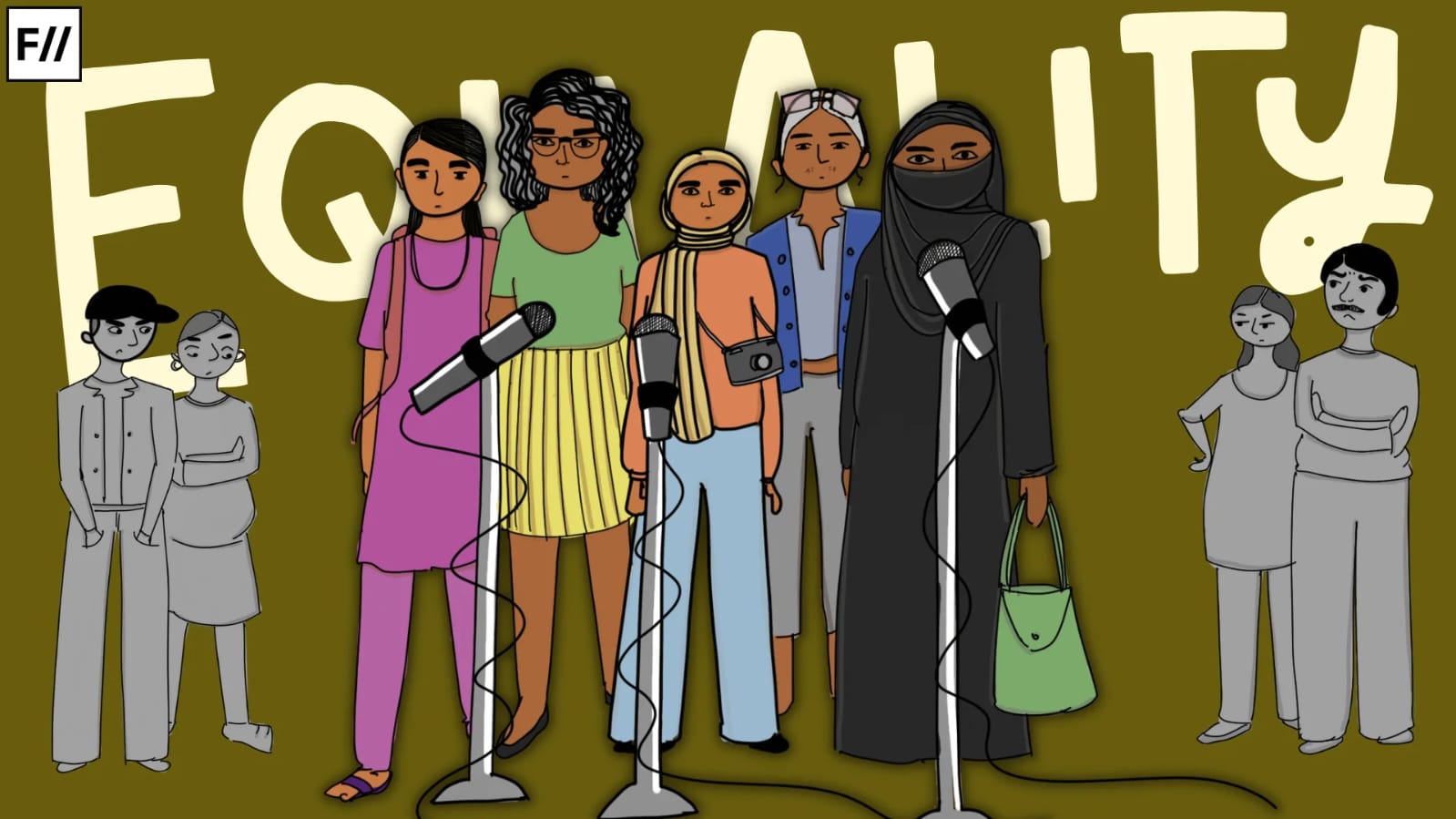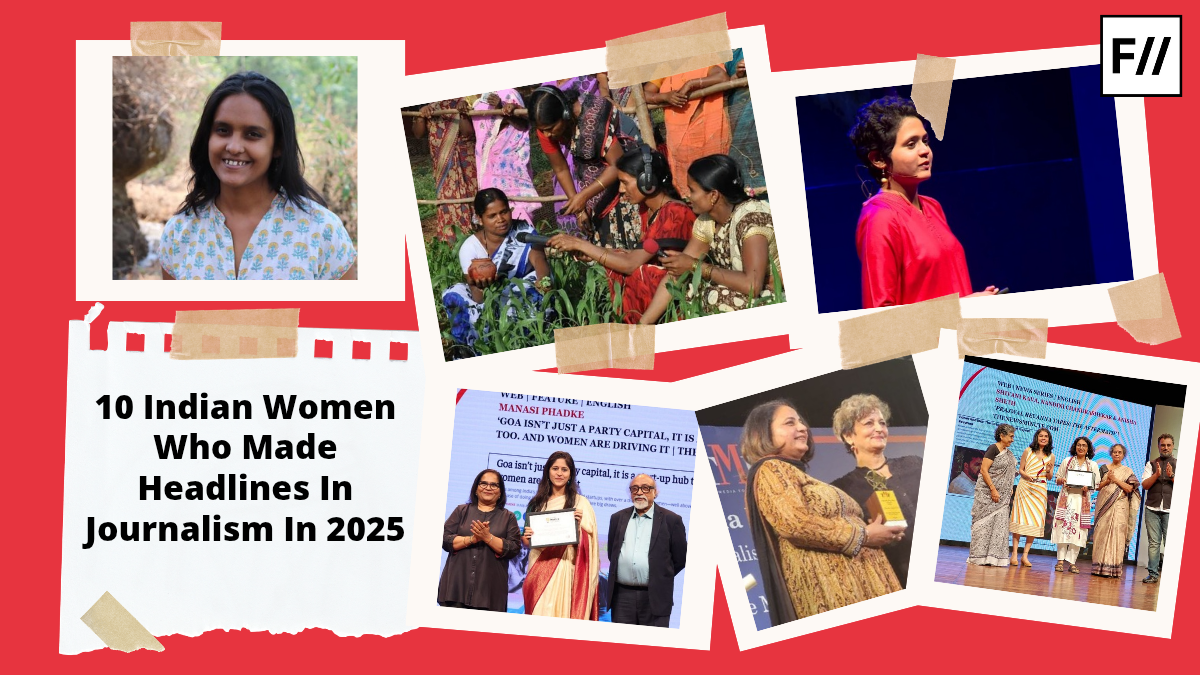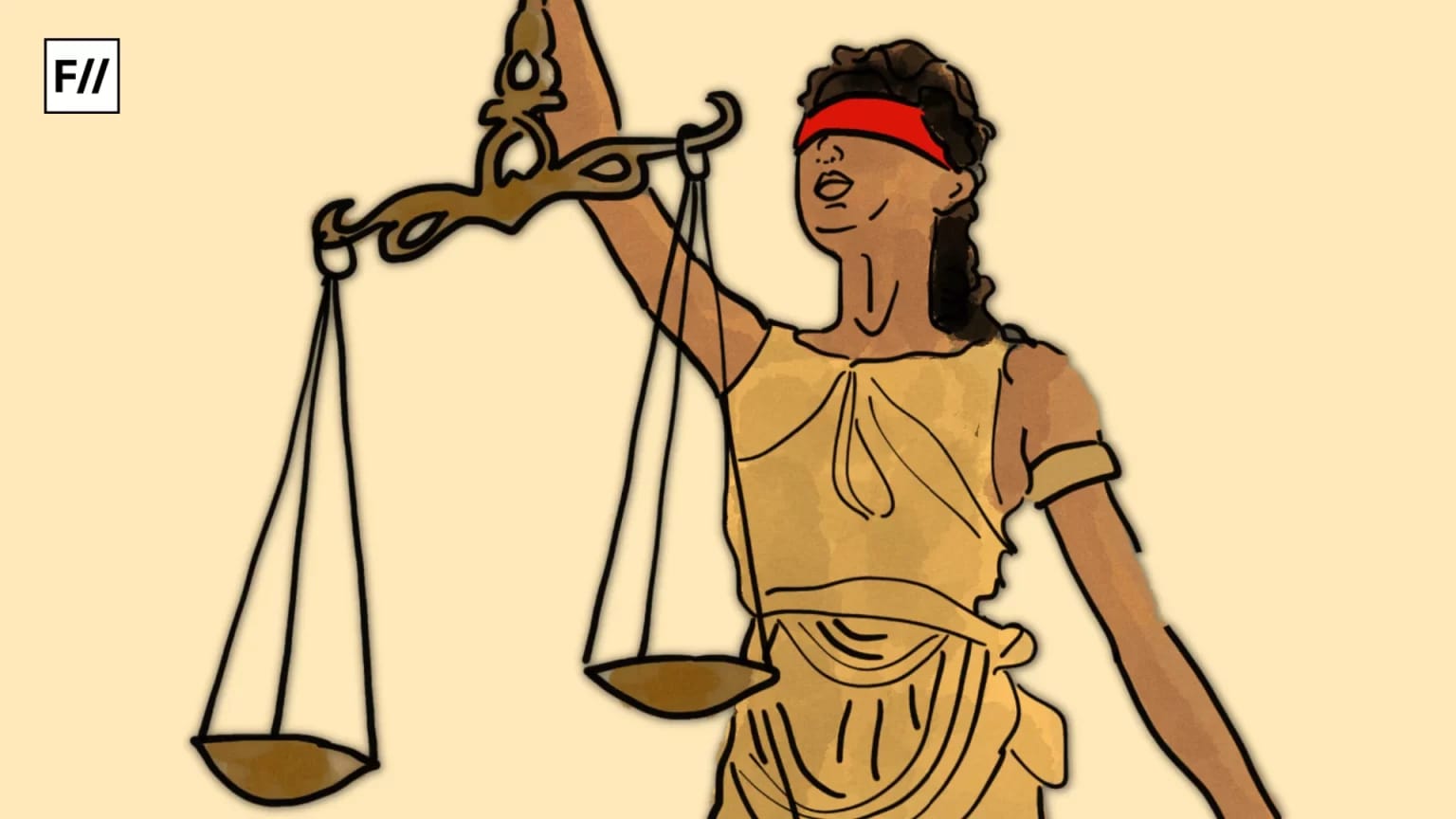With the active movement of capitalist tendencies and withdrawal of the state from the welfare mechanism, the education sector has had a major hit in the Indian state. ‘Education,’ which is often considered a responsibility of a state towards its citizens, is facing a tough time against the growing private players. Therefore, it is an inevitable duty of a welfare state to provide the basic education that would enable the future citizens with the basic rights of life and livelihood.
The Right to Education (RTE) Act in India, officially the Right of Children to Free and Compulsory Education Act, 2009, makes education a fundamental right for children aged 6-14. The RTE, through its Model Rule, suggests that for the primary level (Classes I-V), a school should be within one kilometre walking distance. This specification clearly considers the hurdles a primary student (especially from a rural area) might face to reach the school.
Uttar Pradesh school merger plan: a policy overview
The deterioration of state-run educational facilities and the RTE Act become more pertinent when considered in light of recent developments in the state of Uttar Pradesh. The Uttar Pradesh education department is preparing to close approximately 27,000 basic schools across the state. The decision comes as part of an initiative to streamline educational resources, particularly targeting schools with an enrolment of fewer than 50 students. The Chief Minister of the state, Yogi Adityanath, tweeted a detailed plan of the move of merging the schools.
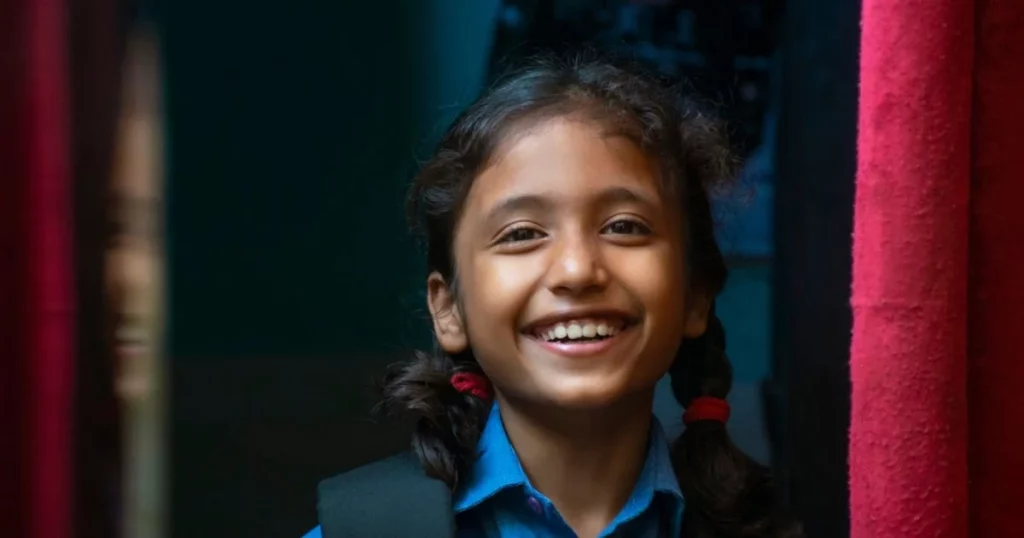
The plan of action, as outlined by the Chief Minister and other officials, includes the closure of numerous primary schools with an enrolment of students less than 50 and merging a few such schools together. The rationale as stated behind the move is the wastage of resources owing to the large number of primary schools (with low enrolment) that are running in the state. Though an exact number has not been provided by the officials, multiple analyses did provide that the move is about to affect the working of almost 27,000 out of 1.32 lakh primary schools running in the state of Uttar Pradesh.
Contradictions between policy and ground realities
The move of merging and closing numerous primary schools clearly stands in contradiction to the concerns of the students and their parents. A major concern of the distance has been efficiently neglected by the officials. The RTE Act suggests that the school should be present within one kilometre of the walking distance for the primary students. Generally, children from ages 6 to 10 fall in this category of primary classes.
The grave reality of the state of Uttar Pradesh tells us that the Muslim OBCs and Muslim Dalits followed by Hindu Dalits (Paasi and Chamar community) register one of the highest poverty levels. The state-sponsored education is obliged to fulfill the academic needs of the Dalits and marginalised.
The stance of the officials clearly portrays their oblivious attitude towards the ground realities in Uttar Pradesh. Travelling long distances on foot poses significant risks for children in the 6–10 age group, particularly in regions where infrastructure is inadequate.
In rural areas, the situation becomes even more precarious during the monsoon season, when poorly maintained roads and waterlogged paths can make commuting unsafe or altogether impossible. This move appears to indirectly discourage attendance, rather than addressing the barriers to access, thereby eventually reducing the number of students in government schools.
Political opposition and caste-based concerns
During the currently running monsoon session of the Lok Sabha, SP members in the Lok Sabha on Wednesday accused the Uttar Pradesh government of depriving Dalits and poor children of the right to education by closing and merging state-run schools. The Samajwadi Party MP, Dharmendra Yadav, raised the question in zero hour and provided, ‘Even though we have the Right to Education law, in Uttar Pradesh 27,000 schools are being closed down. Recruitment of more than 2 lakh teachers has also been stalled.’ Yadav also raised a grave concern that the implementation of such a measure would directly affect the participation of Dalits and marginalised students in academics.
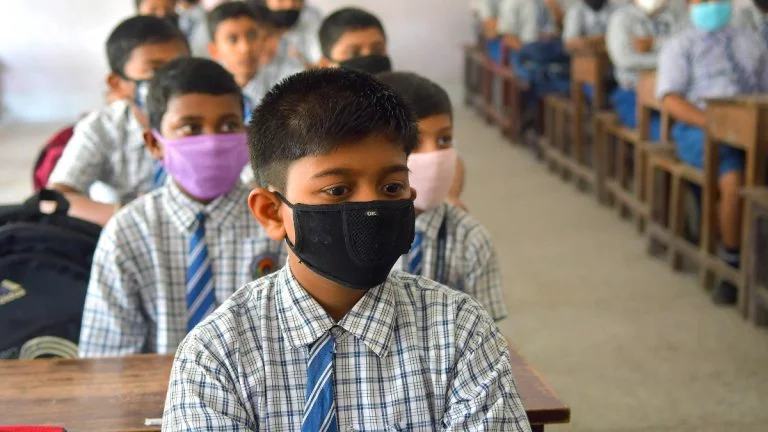
The grave reality of the state of Uttar Pradesh tells us that the Muslim OBCs and Muslim Dalits, followed by Hindu Dalits (Paasi and Chamar community), register one of the highest poverty levels. The state-sponsored education is obliged to fulfil the academic needs of the Dalits and marginalised.
What is at stake is not just access to a building with classrooms, but access to dignity, mobility, and the possibility of imagining a different future. Education must remain a public commitment, not a conditional privilege.
But the recent move clearly portrays an attempt to dissociate and alienate the Dalits and marginalised students from attaining the basic primary education. Such a measure not only limits access but also deepens the existing inequality. For families already struggling with socio-economic hardships, it further adds to their plight, limiting the right to education of their children.
Spatial justice and the gendered consequences of school closures
The erasure of such educational spaces in a vicinity also reconfigures the landscape of opportunity itself. In most of the rural area, schooling is often contingent on a delicate balance of social permission, familial support, and physical accessibility. If the school is close by, it is easy for the parents (especially those bound by traditional or patriarchal constraints) for their daughter to attend and make use of the academic spaces. However, in the absence of such nearby schools, the hesitation fuelled by concerns around safety, mobility, and social perception prohibits a girl from accessing the educational spaces. Education, then, shifts from being a right to a risk.
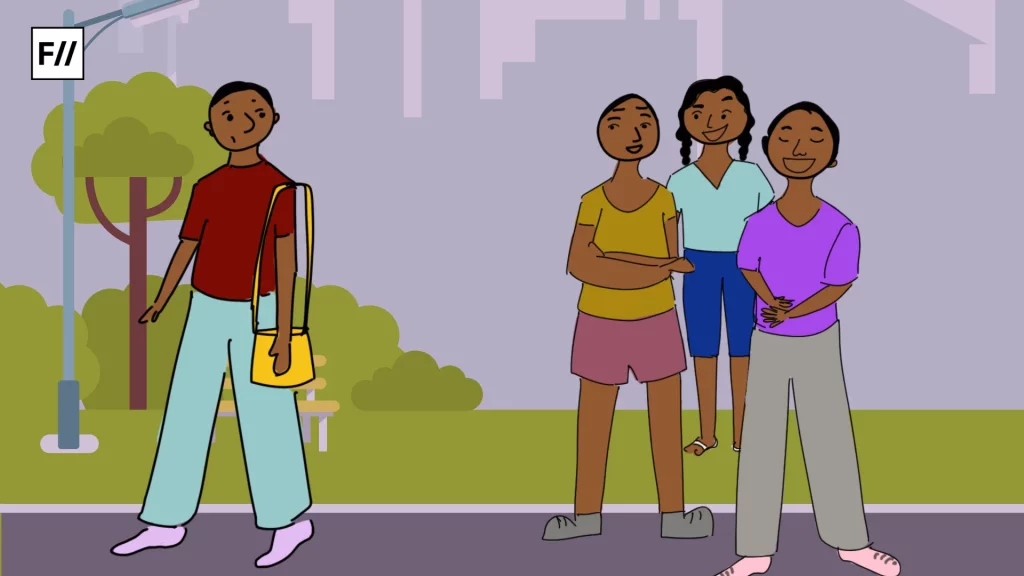
Moreover, these closures overlook the deeply gendered realities of space. While boys may still be sent to schools further away or allowed to cycle or walk long distances, girls are expected to stay within more tightly controlled domestic geographies.
Intersection of caste, gender, and accessibility
Historically, the Dalits and marginalised have been kept away from the benefits of education. The lived experiences of both these marginalised sections of the society are not of the rectification of this past injustice and the atrocities carried out against them, but of consistent neglect and ongoing marginalisation.
The intersection of caste, gender, and accessibility is a qualitatively different form of discrimination, which the modern state is practicing in order to alienate a whole section of the society from the benefits of education. It becomes quite evident that the policy decisions around education cannot be merely viewed in isolation from the socio-political and economic realities of marginalised communities.
The closure of primary schools might be applauded as an administrative efficiency by Yogi Adityanath, but it is a blatant withdrawal of the state from its constitutional responsibilities. What is at stake is not just access to a building with classrooms, but access to dignity, mobility, and the possibility of imagining a different future. Education must remain a public commitment, not a conditional privilege.
About the author(s)
Harsh Bodwal teaches Social Science and English at a CBSE-affiliated school and holds an MA degree in Political Science from Jawaharlal Nehru University. His research explores how caste, patriarchy, and capital intersect with the various institutions to shape and often constrain democratic processes.


